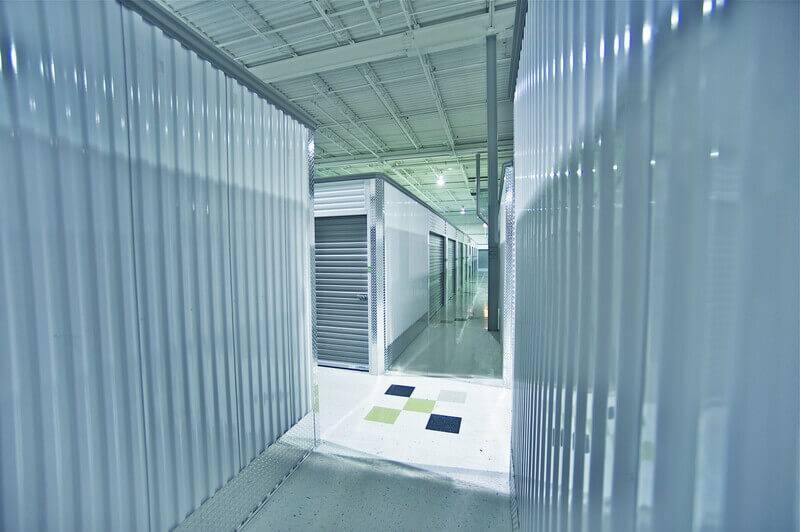Climate control is especially important in areas that experience extreme weather conditions and seasonal changes.
Here are some specific zones that will benefit most from climate-controlled storage:
1. Regions with extreme temperature fluctuation
Areas that are especially hot during the summer and get frigid during winter are great candidates for climate-controlled storage. Materials like wood and plastic will expand and contract the most in these scenarios and are prone to cracks and warping.
2. High Humidity Areas
Locations with high humidity like coastal towns benefit a lot when considering climate-controlled storage to prevent mold, mildew, and corrosion. High humidity will damage electronics, paper, fabric, and wood.
3. Low Humidity Areas
Conversely, very dry conditions are also problematic. If it is too dry, wood can splinter and sensitive devices like musical instruments and photographs can be damaged.
4. Urban Areas
Urban environments have limited space and extreme microclimates due to the concrete and building density. Climate-controlled storage can prove to be much safer for sensitive items in contrast to staying in apartments or small homes.
5. Areas With Harsh Winters
Cold regions where temperatures drop drastically during winter can utilize climate-controlled storage to protect items sensitive to freezing temperatures like electronics.
Examples of Beneficial Locations
- Southeastern U.S.: Known for high humidity and hot summers.
- Northeastern U.S.: Experiences significant temperature variations and cold winters.
- Southwestern U.S.: Known for extremely dry and hot conditions.
- Coastal Regions: High humidity and salt air can cause rapid deterioration of many materials.

